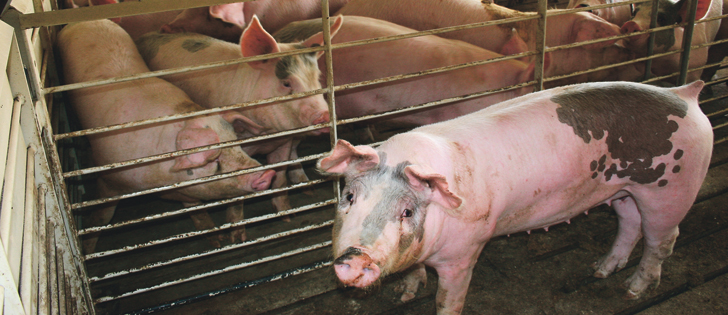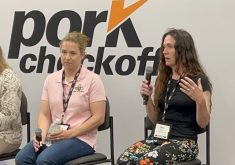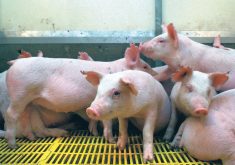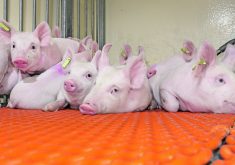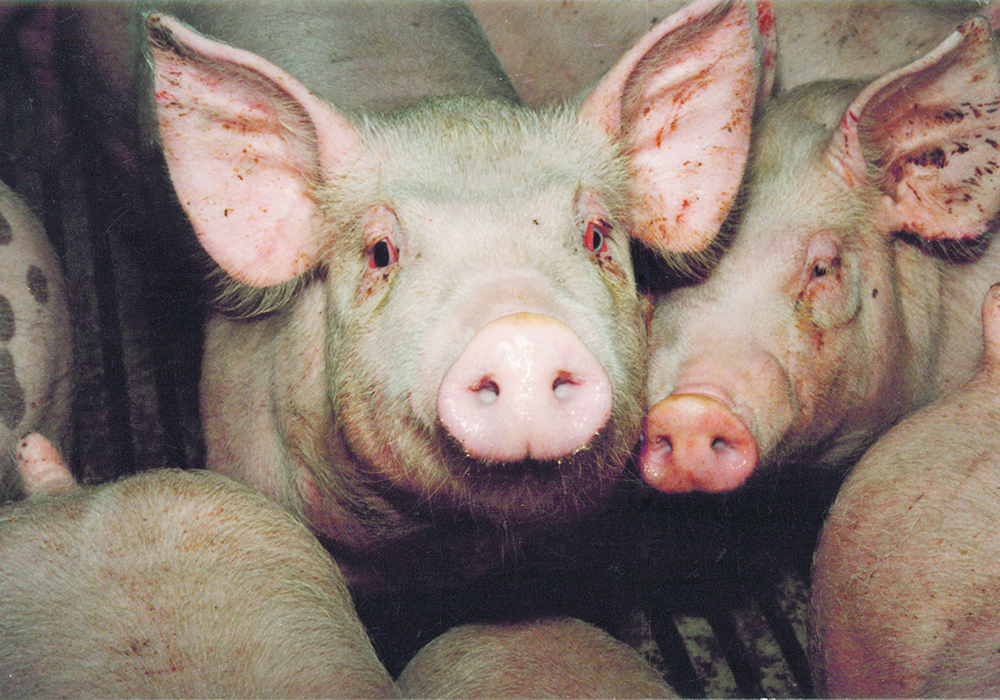Porcine epidemic diarrhea virus has infected 10 southeastern Manitoba hog operations since April 29 and producers of the estimated 45 other operations within five kilometres of those barns are on high alert.
Dr. Glen Duizer of the Manitoba chief veterinary office said June 2 that six infected farms, two of them farrow operations and four that are finishers, are in the area that had a PED outbreak last year.
Three other infected operations comprising two farrow and one finisher, are in a second area that experienced outbreaks in both 2014 and 2016.
Read Also

Feds propose overhaul of chronic wasting disease control program
Chronic Wasting disease control program getting updated by Canadian Food Inspection Agency with feedback encouraged from producers.
The 10th case is outside both those areas but had contact via animal movement with the second infected area, he said.
“All of the infected sites are under biocontainment and control procedures. They are at various stages of cleanup and moving forward with taking infected animals off those sites,” said Duizer.
“In the cases of the finisher operations, the vast majority of those animals are being moved to the U.S. for slaughter to avoid contaminating our packing plants here in Manitoba.”
Cull sows from farrowing operations are also being moved directly to U.S. packing plants and are not going through Manitoba assembly yards.
Investigations on how the virus arrived or reoccurred and how it was spread from farm to farm are ongoing. Duizer said staff movement, animal transport and load out facilities are all risk areas, as are service providers that visit various farms.
Provincial veterinary officials met with producers from the first affected area about two weeks ago, he added, and talked about maintaining animal movement and commerce while limiting contact between hog operations and continuing weekly surveillance measures.
Duizer said it will be weeks or months before affected barns can be cleaned and rid of the virus, which is usually fatal to young piglets and reduces productivity among older animals.
The virus is shed in manure and can travel on various surfaces such as clothing, vehicle tires and livestock trailers. It is easily spread and difficult to contain.
The latest cases bring the total number of PED infected farms this year in Manitoba to 18. Last year the province had five affected premises.
Saskatchewan, Alberta and British Columbia have so far remained free of PED but it has affected Ont-ario and Quebec operations as well as one farm in Prince Edward Island. Ontario has had three cases of PED-infected barns so far this year.
Mark Fynn, Manitoba Pork’s manager of quality assurance and animal care, emphasized the need for strict biosecurity on hog operations to minimize PED spread.
He suggested that producers think of everything outside their operations as being covered in red paint, a metaphor for the PED virus.
“If you picture everything covered in red paint, your objective is to keep as little of that red paint from coming into your controlled access zone, your driveway and yard, and you especially don’t want any of that red paint getting into your barn,” said Fynn, during a conference call organized by Alberta Pork.
The biggest risk of spread is live pig movement, so insistence on trailers being degreased, disinfected and dried is vital.
Fynn also suggested that farms control access to their yards, with separate and more stringent controls for access to barns.
“We’ve seen a lot of scary practices or have heard of a lot of scary practices happening on our negative farms that have been in diseased areas,” he said.
Employees should maintain shower-in and shower-out protocols between barns, keep separate clothing and footwear for barn use and be strict about the Danish entry system of entering and exiting.
“You really have to focus on further enhancing those biosecurity practices.”
Trailers should be cleaned and dried between every load, even if they are going from farm to processor and back to the same farm.
Manitoba Pork has suggested that hydrated lime be applied to tires at farm access points. Though many farms now have disinfectant pumps at their entrances , Fynn said even the best disinfectant requires five minutes of contact to be effective and usually that time is not allowed by people driving in and out.
Lime is thus an option although it must be handled with care.
He also suggested separate entries for dead stock removal and manure collection and spreading.
“No one’s ever said that biosecurity is convenient, and I’ve even heard that it’s not biosecurity unless it’s inconvenient. But these are important things because what’s more inconvenient is having a bunch of your pigs break with diarrhea and having to cleanup a site and deal with all the repercussions of that,” said Fynn.


